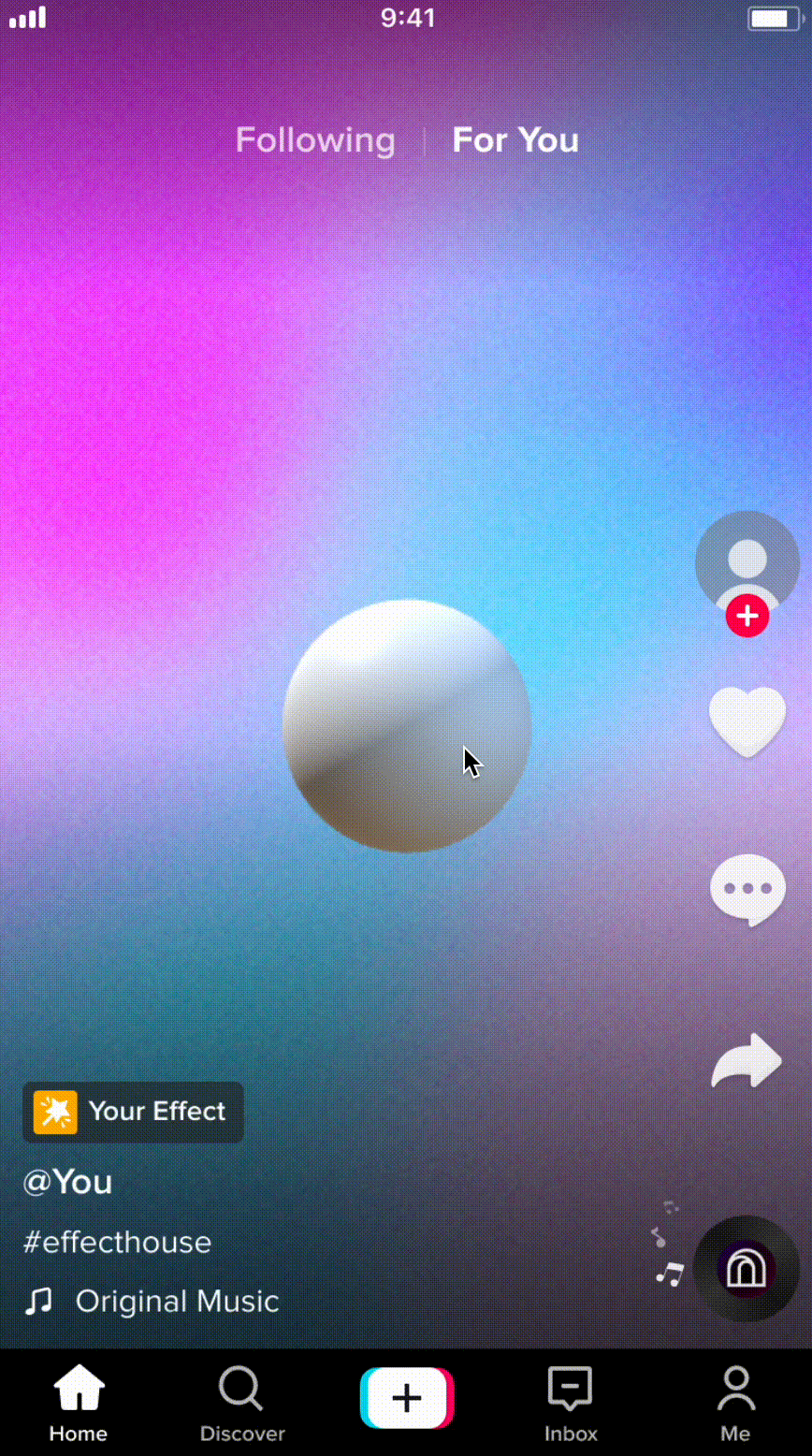Screen Pan

Use Screen Pan to execute the next node when someone moves their finger on the device screen over 30 pixels.
Below is an example of the position coordinates for a screen pan:

Output
| Name | Data Type | Description |
|---|---|---|
| Next | Exec | Execute the next node when the finger is moving on the device screen. |
| Offset | Vec2 | The distance between the start position and the moving position of the finger on the device screen. |
| Position | Vec2 | The 2D position of the finger on the device screen. |
Example

This example shows how to use Screen Pan to control the position of the sphere in real-time.

Move this example a little bit further by using the offset property of Screen Pan to get the distance moved from the starting point. Apply this value to scale the sphere you are controlling now.

